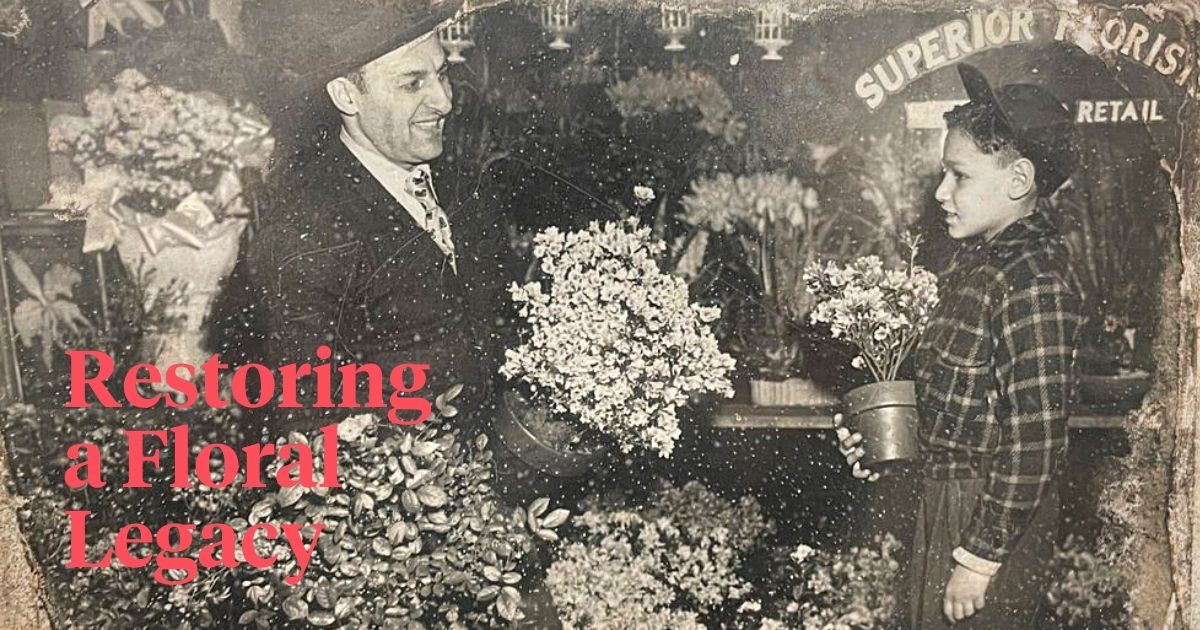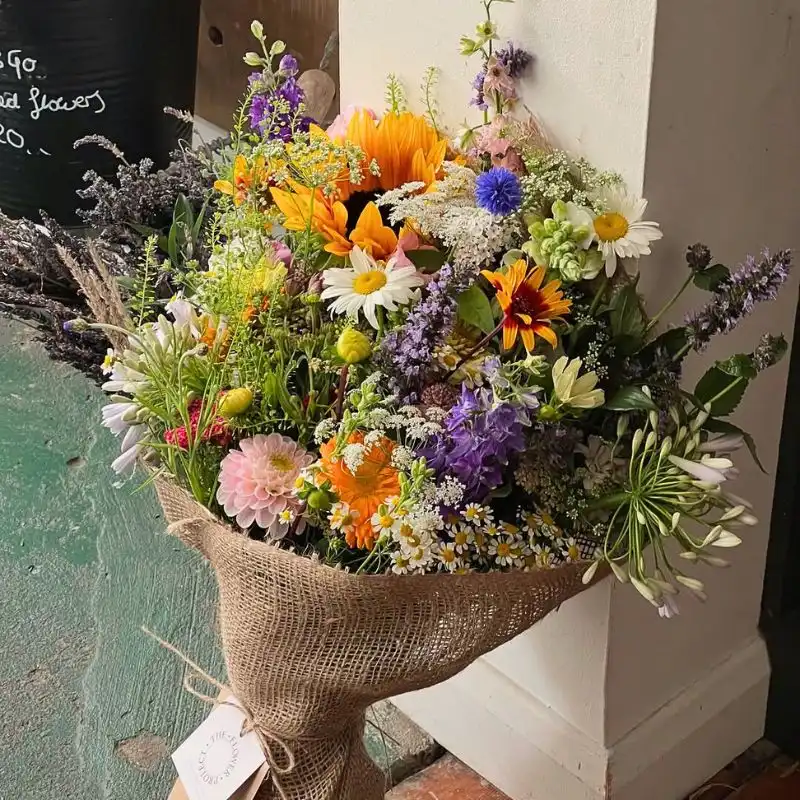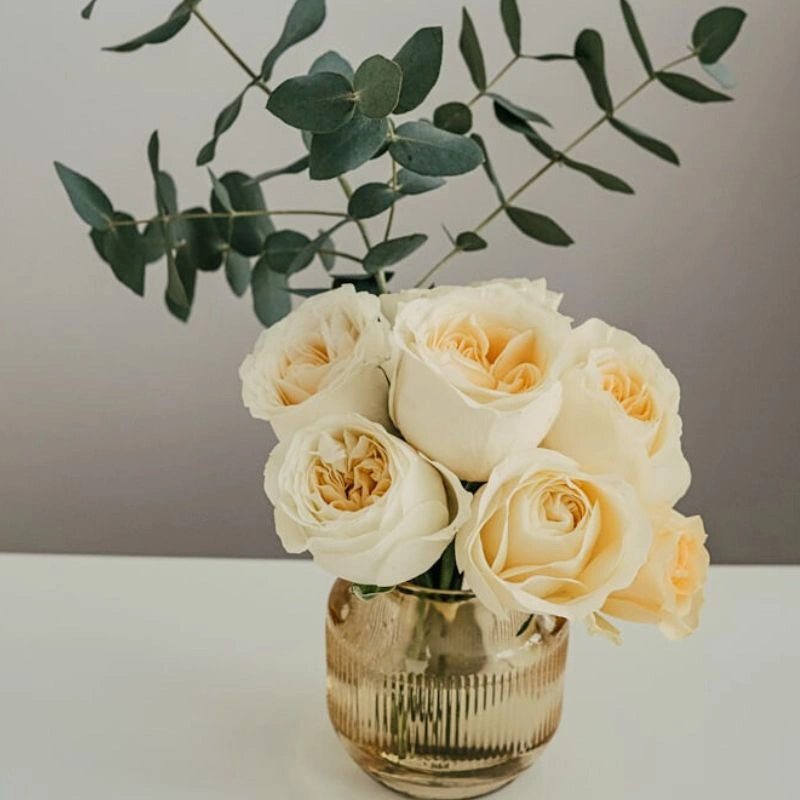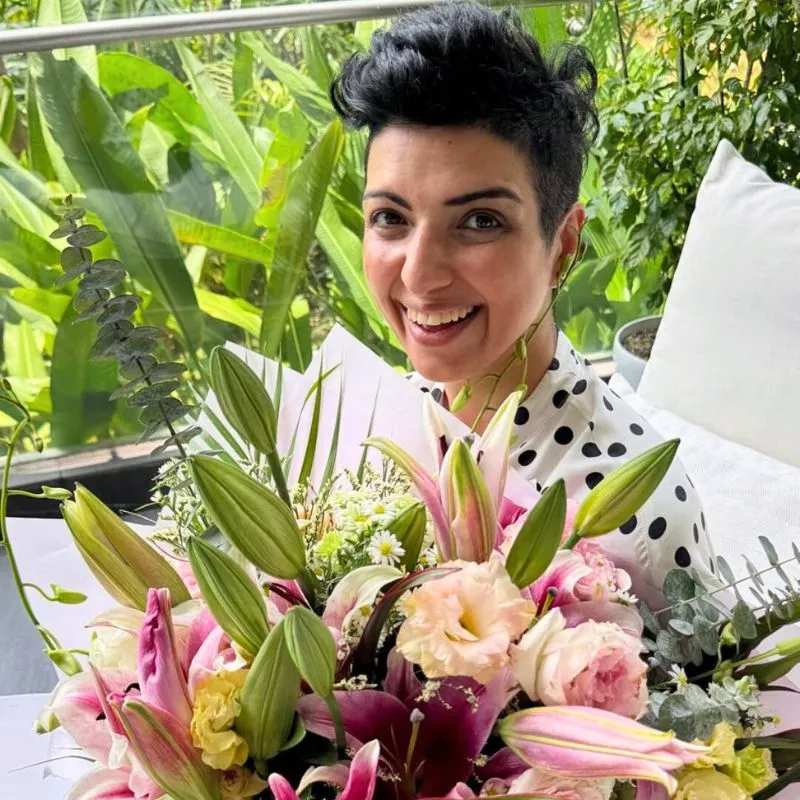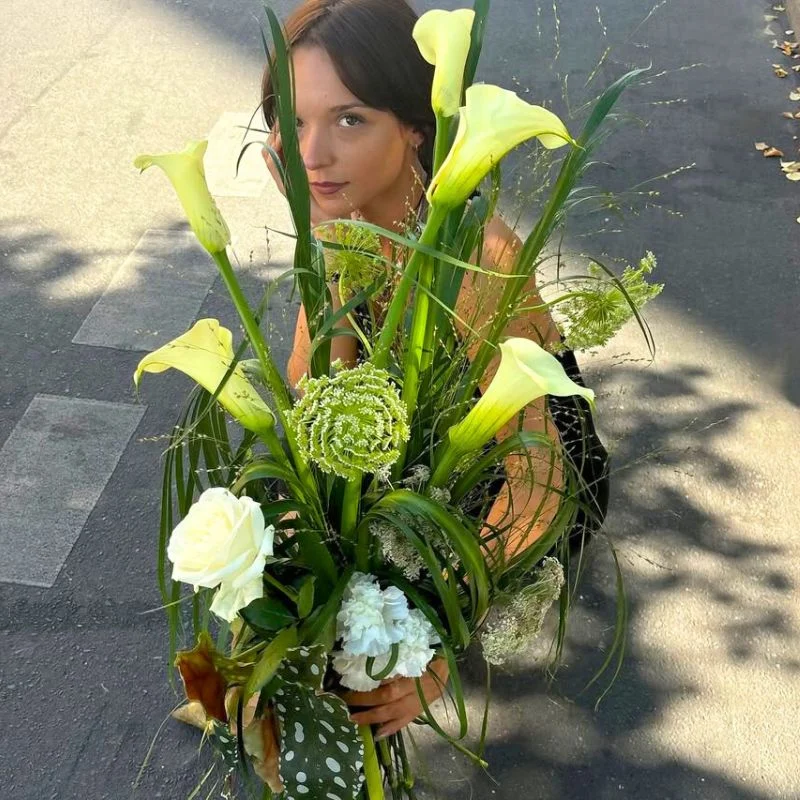New York, a city known for its vibrant neighborhoods and diverse cultural heritage, has always been a city of reinvention and rejuvenation. And among the numerous iconic districts in the city, the NYC Historic Floral District holds such a special place due to its rich floral heritage.
Once a thriving hub for the flower industry, this district has faced challenges over the years. However, James François-Pijuan, a native of New York City and a master floral designer, had a vision. And thanks to this dream, the historic floral district is experiencing a renaissance.
History of the NYC Historic Floral District on the 28th Street
NYC Historic Floral District’s rich history begins during the late 1870s when wholesale cut flower companies gradually began relocating to 28th Street and its surrounding areas in New York. The companies' gradual relocation to the floral district was inspired by trade organizations that protected the industry.
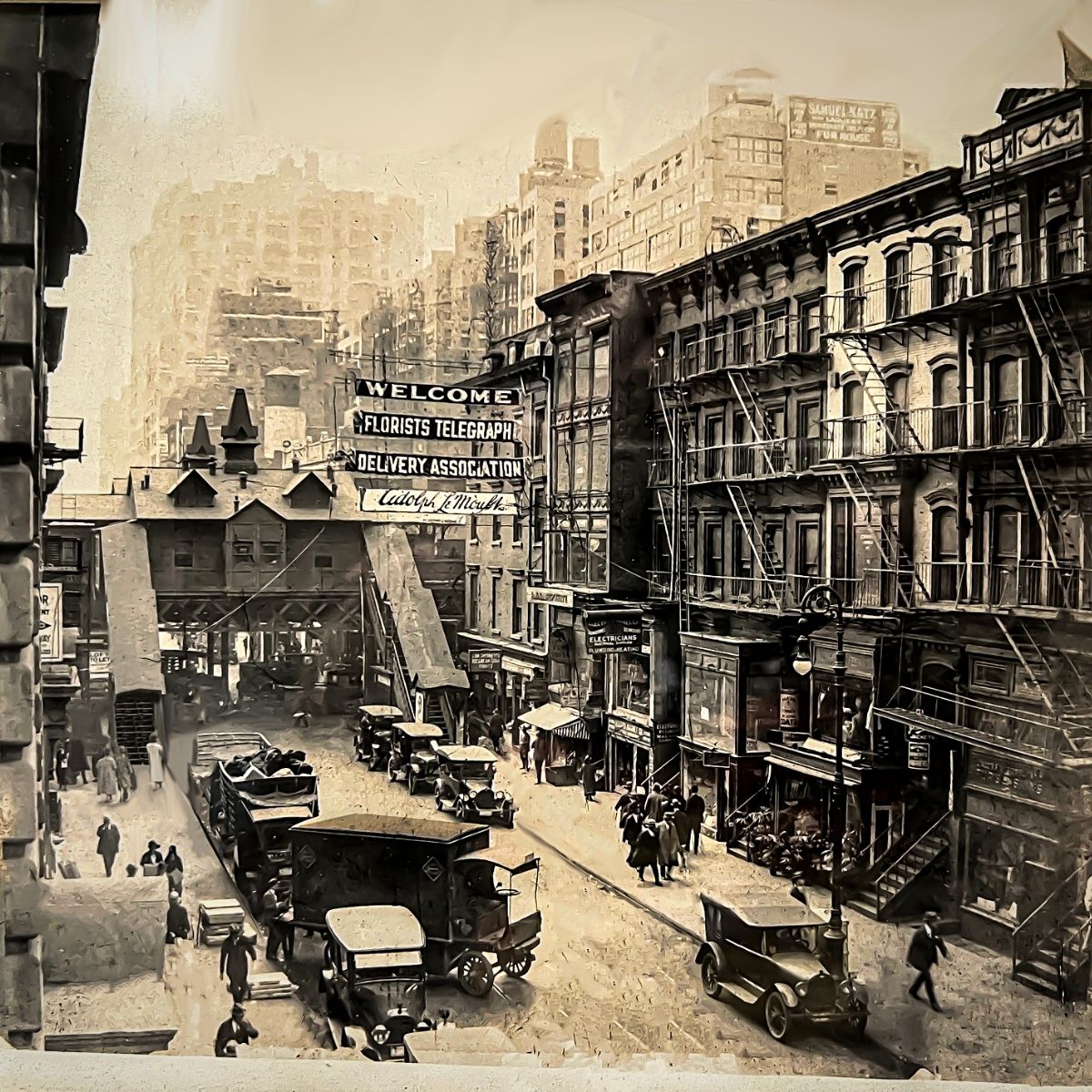
28th Street looking from Broadway to 6th Avenue in the 1920s. Flower boxes can be seen on the sides of the street.
The floral district was initially centered around a ferry dock on East 34th Street, where pushcart vendors traded flowers shipped from Long Island across the river. Later many of these vendors migrated to the West 28th Street area, drawn by its proximity to a wealthier clientele.
The first New York Cut Flower Exchange and the New York Cut Flower Commission played a significant role in encouraging more wholesale companies to join the district. And over time, it grew to incorporate more than 200 wholesale and supplier businesses, spanning from 23rd Street - between 6th and 7th Avenue - to 34th Street. Eventually, it became concentrated from 25th Street to 29th Street.
Pioneers George E. Bradshaw and John R. Hartman were instrumental during this time, establishing one of the earliest wholesale florist companies in 1891 at 53 West 28th Street.
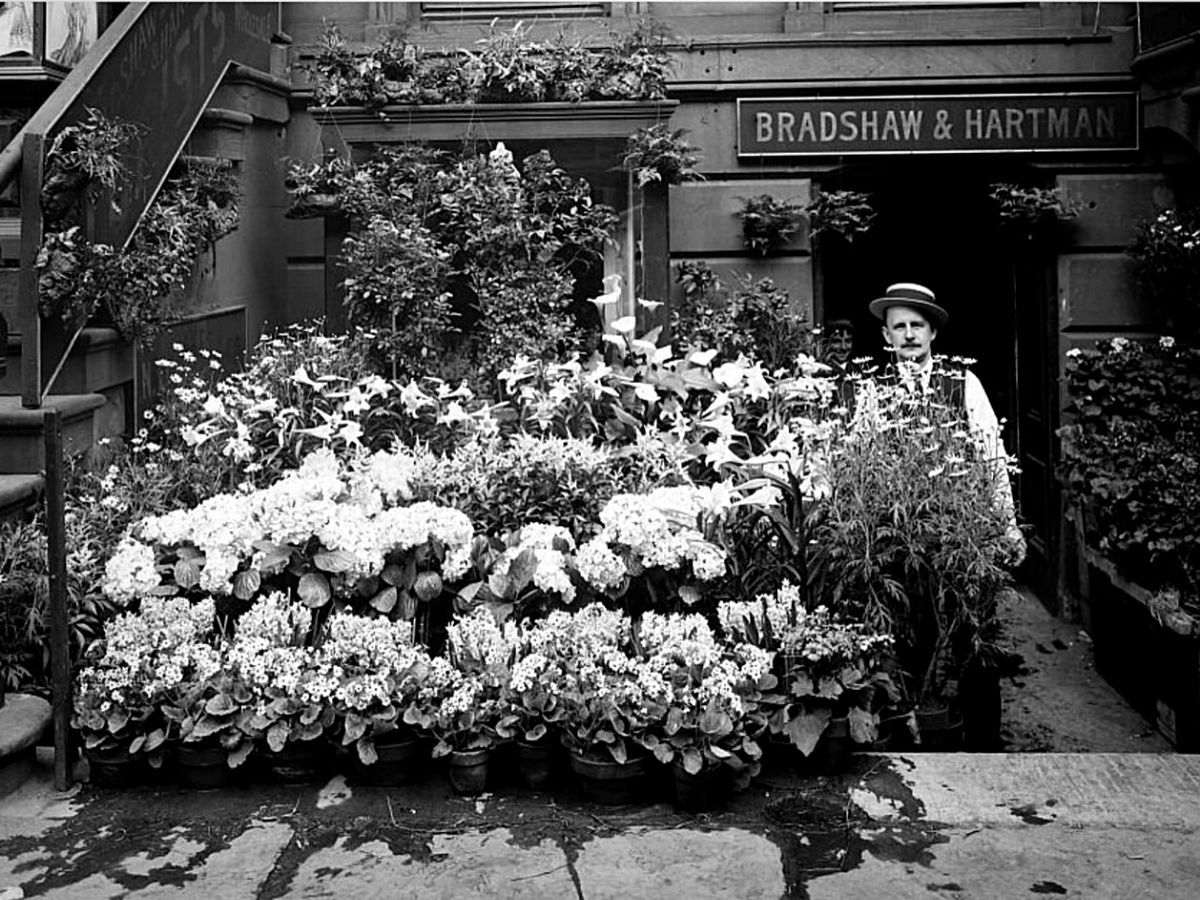
Another notable business in the district was Guttman & Raynor Wholesale Florist, established in 1894 at 101 West 28th Street by Alexander J. Guttman. Alexander, a highly respected figure in the industry, sought to educate the public about the workings of the flower trade. He was, more and more, frustrated by the lack of interest from the newspapers of his time in shedding light on this subject. He, ultimately, emerged as a leader in his field over three decades. And with the required education and eloquence of speech, he perpetually held the belief that this trade was a noble one.
The floral district on 28th Street, also, saw various prominent figures and families continue to contribute to its growth. For example, led by the patriarch, Frances Mullan who was previously a gardener, the Mullan Family from Germany and arrived in the U.S. in 1862. After settling initially and growing his stock in Pennsylvania, he began trading with the floral district.
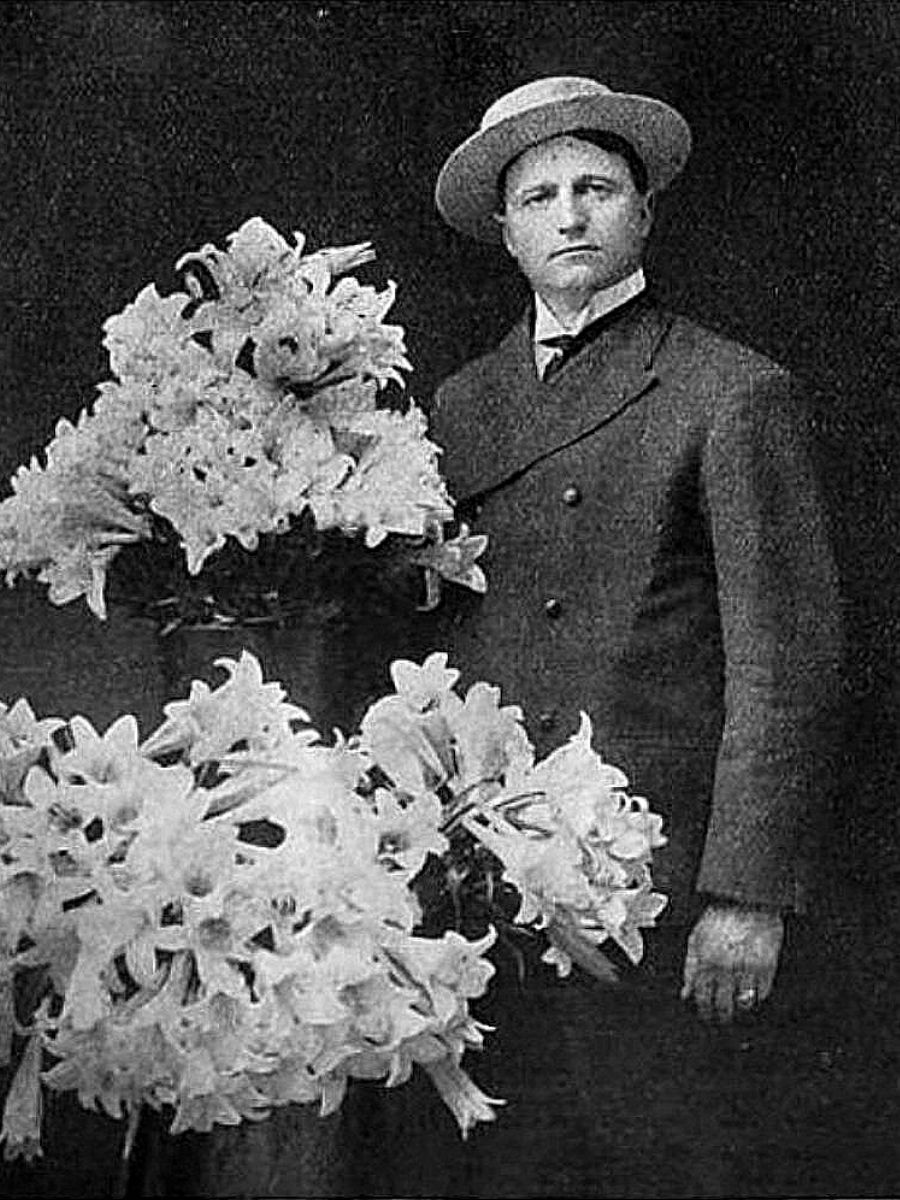
He got into the cut flower boom, and by the late 1870s, was able to open his first wholesale business, also playing a significant role in the floral district. The family was known for its expertise in growing lilies. His sons, Frank and Charles, expanded the family business in the district, and Charles, in particular, later earned the nickname ‘Lily King’ within the florist industry.
Still, yet, another prominent figure was John Donaldson, who was born in Scotland. After working in various gardening positions, he established his own nursery in Elmhurst, Long Island, specializing in carnations, lilies, and other plants. Donaldson eventually became the President of the New York Cut Flower Exchange and made significant contributions to the industry.
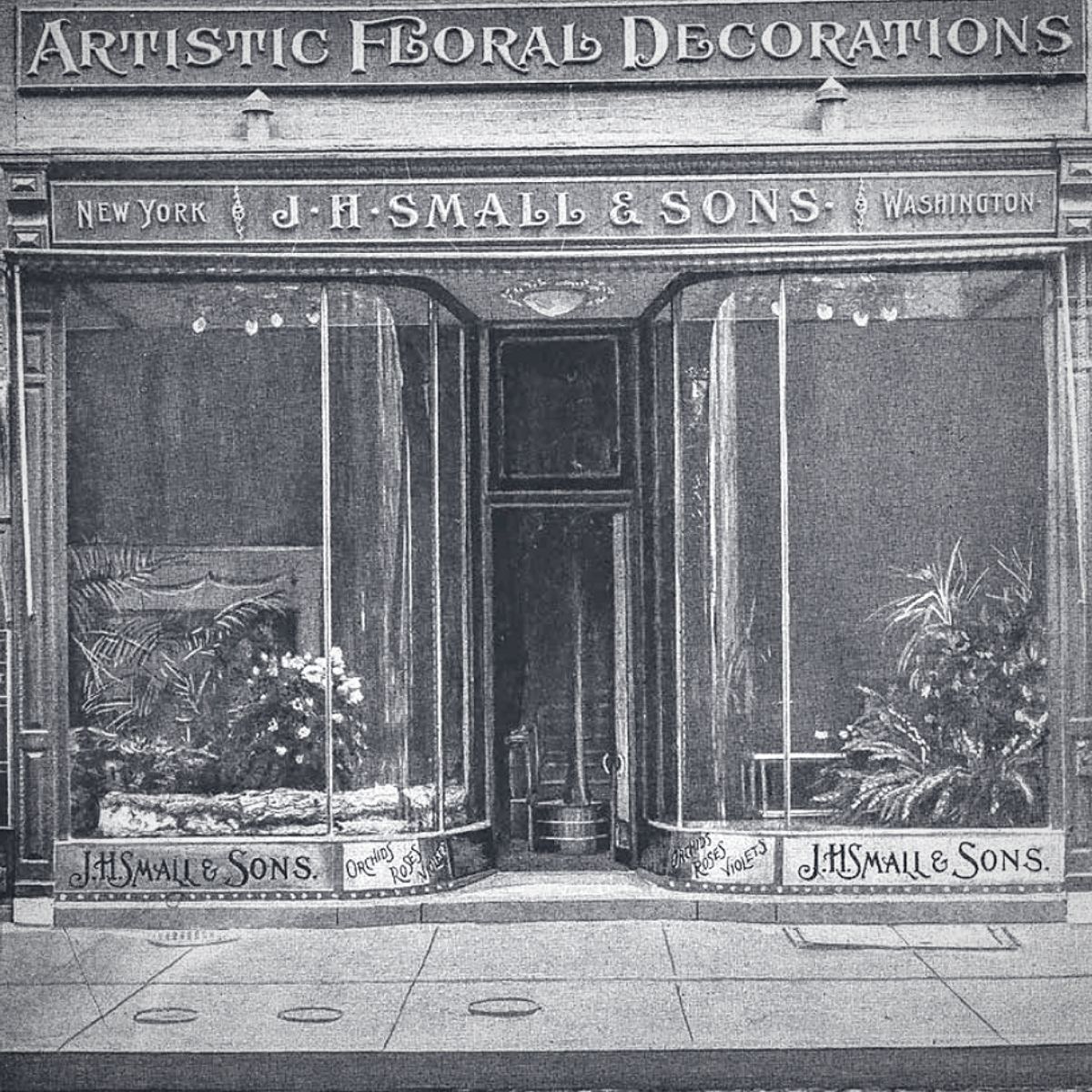
Andrew N. Pierson, originally from Sweden, and also another forerunner of the floral district, established A.N. Pierson's, Inc., or Cromwell Gardens, in Cromwell, Connecticut in 1872. The nursery grew to become the largest commercial rose grower in the U.S. with a wide variety of roses and other flowers.
Likewise, Henry Augustus Siebrecht, a German-born horticulturist, opened his own floral shop on 15th Street in 1867. He gained recognition for his innovative use of orchids in bridal bouquets, contributing to the popularity of the flower in floral arrangements during that time.
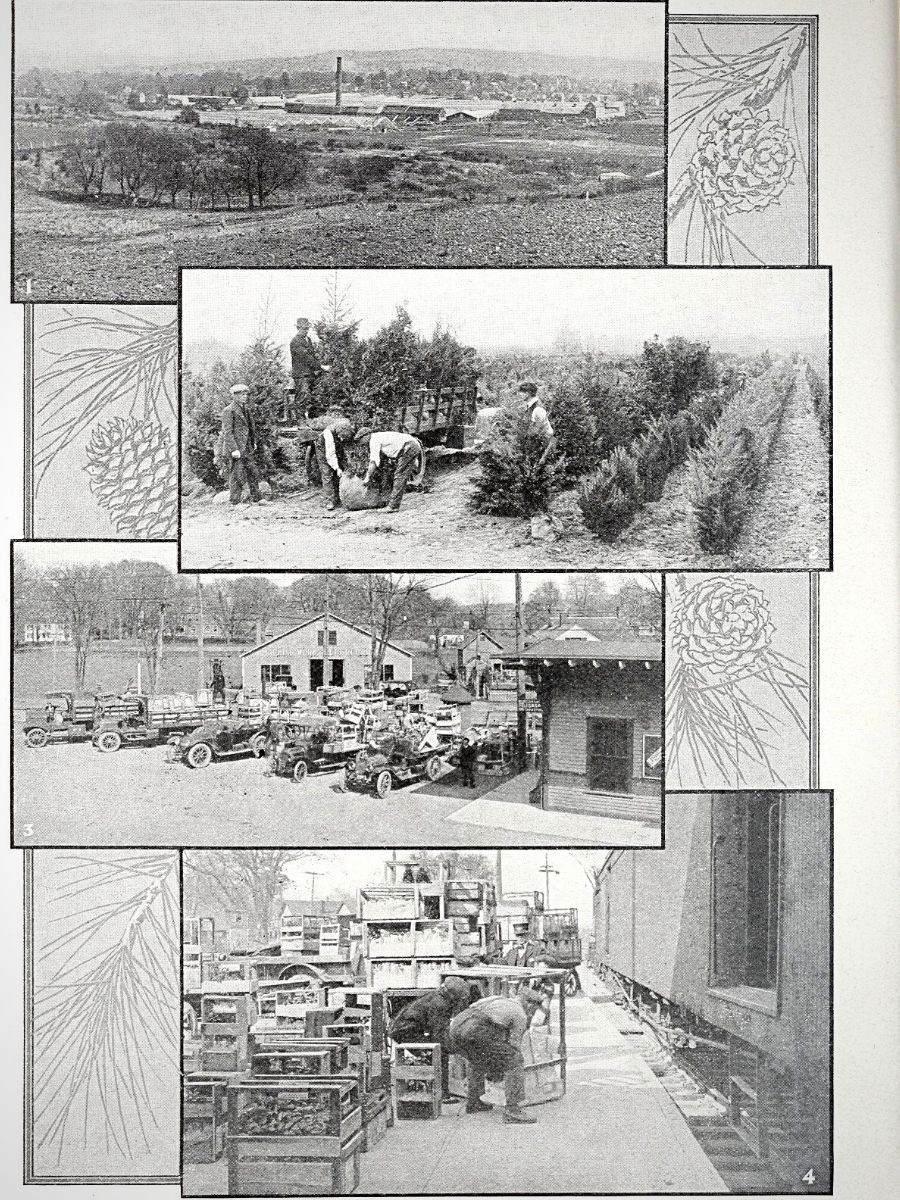
Several other pioneering growers and florists significantly contributed to the burgeoning flower industry that the NYC Historic Floral District was, back then.
James François-Pijuan’s Journey to Revive the NYC Historic Floral District
James’ journey in the floral design industry began with a passion for art. Having earned his bachelor's degree in fine art from Parsons New York, he often brings a unique artistic perspective to his floral creations.
Also trained as a sculptor and a painter, James always approached each of the arrangements he worked on quite like a work of art, incorporating elements of color, texture, form, movement, and meaning. His flair and creativity soon gained recognition, leading him to work with prestigious clients and organizations such as the United Nations, New York City Fashion Week, and Victoria's Secret.
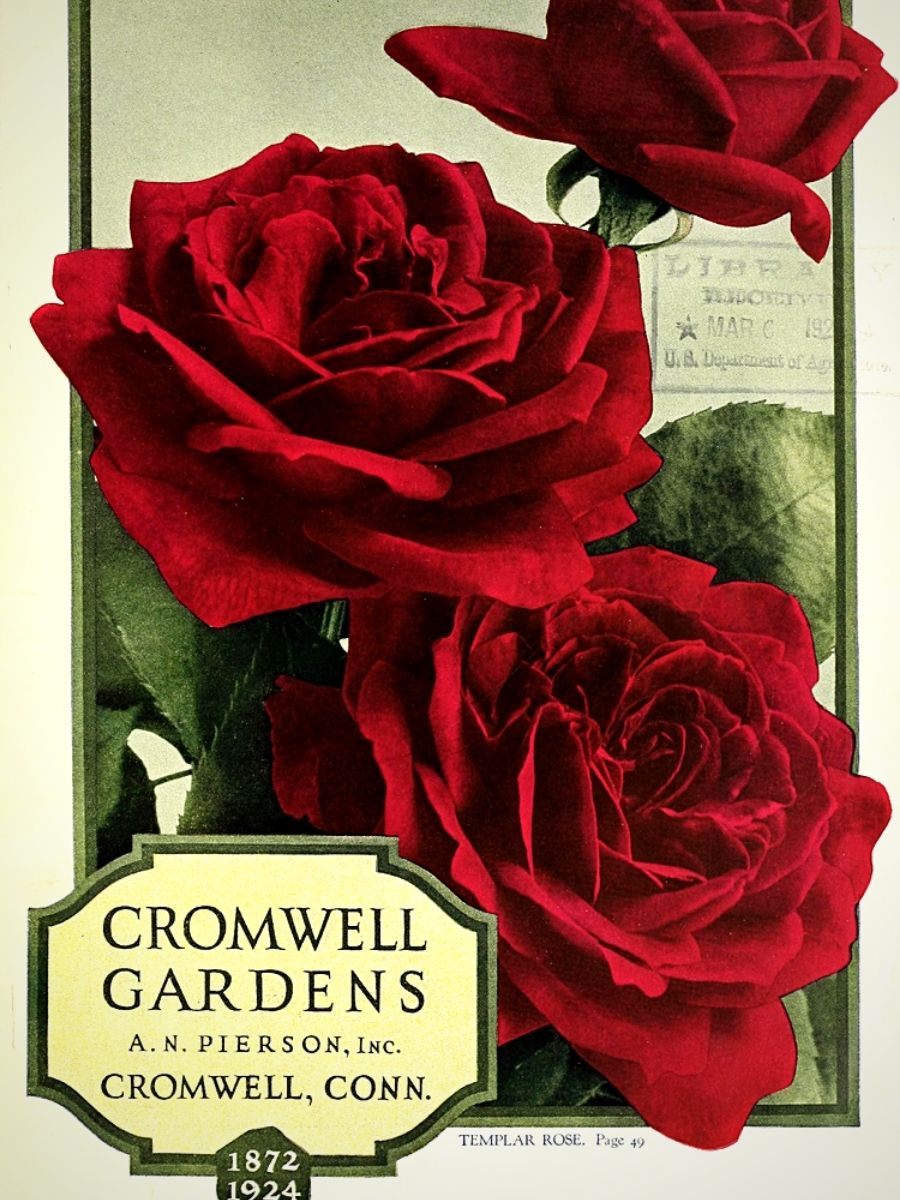
However, his connection to the NYC Historic Floral District runs deeper than his artistic quests. For instance, in his book, ‘NYC Historic Floral District,’ he celebrates the 175-year history of the floral district, shedding light on its significance and the challenges it has faced. He brings attention to the district's rich heritage and the need to preserve its legacy for forthcoming generations.
Preserving the Floral District’s Legacy
Aware of the importance of preserving the floral district’s rich history, James soon embarked on an ambitious project to re-establish the NYC Historic Floral District Museum in Chelsea. Intending to raise $30 million, he seeks to create a space that not only showcases the beauty of flowers but also bears witness to the district's cultural and economic contributions. In essence, this museum will be a place of education, inspiration, and appreciation for the artistry and significance of flowers.
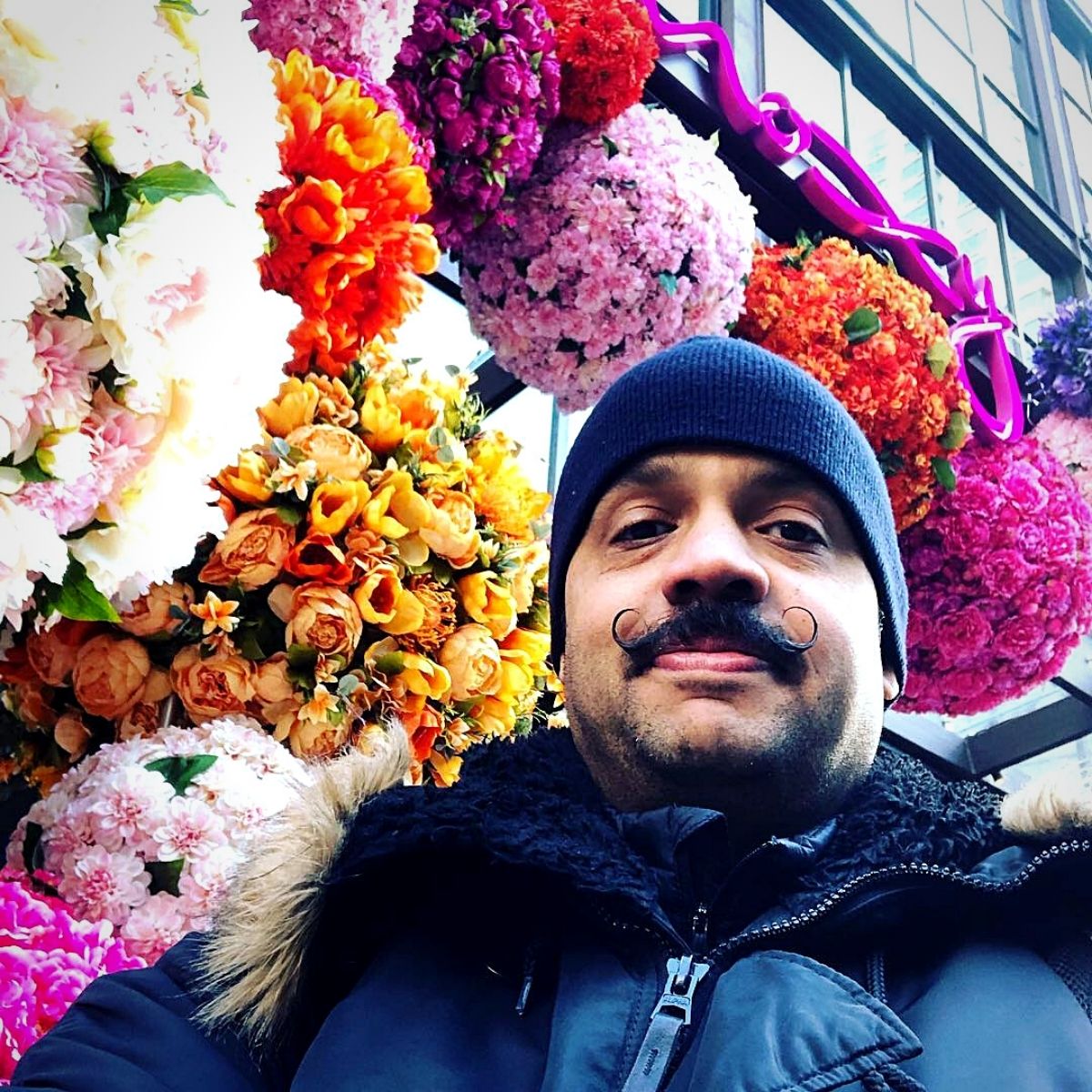
Photo by @francoisart
James:
“Our goal is to educate the public about the significant importance of the flower industry, which has thrived on 28th Street for 175 years. We aim to highlight its economic impact on the local economy and emphasize the significance of supporting this wonderful and enriching trade in New York City. [You can] join us in making this dream a reality by creating the first-ever floral museum in New York's history.”
Even so, his commitment to reviving the floral district extends beyond the museum project. He actively advocates for the district's revitalization, working closely with local authorities, businesses, and community members, to create a sustainable and thriving ecosystem for florists, floral farms, and related businesses within the district.
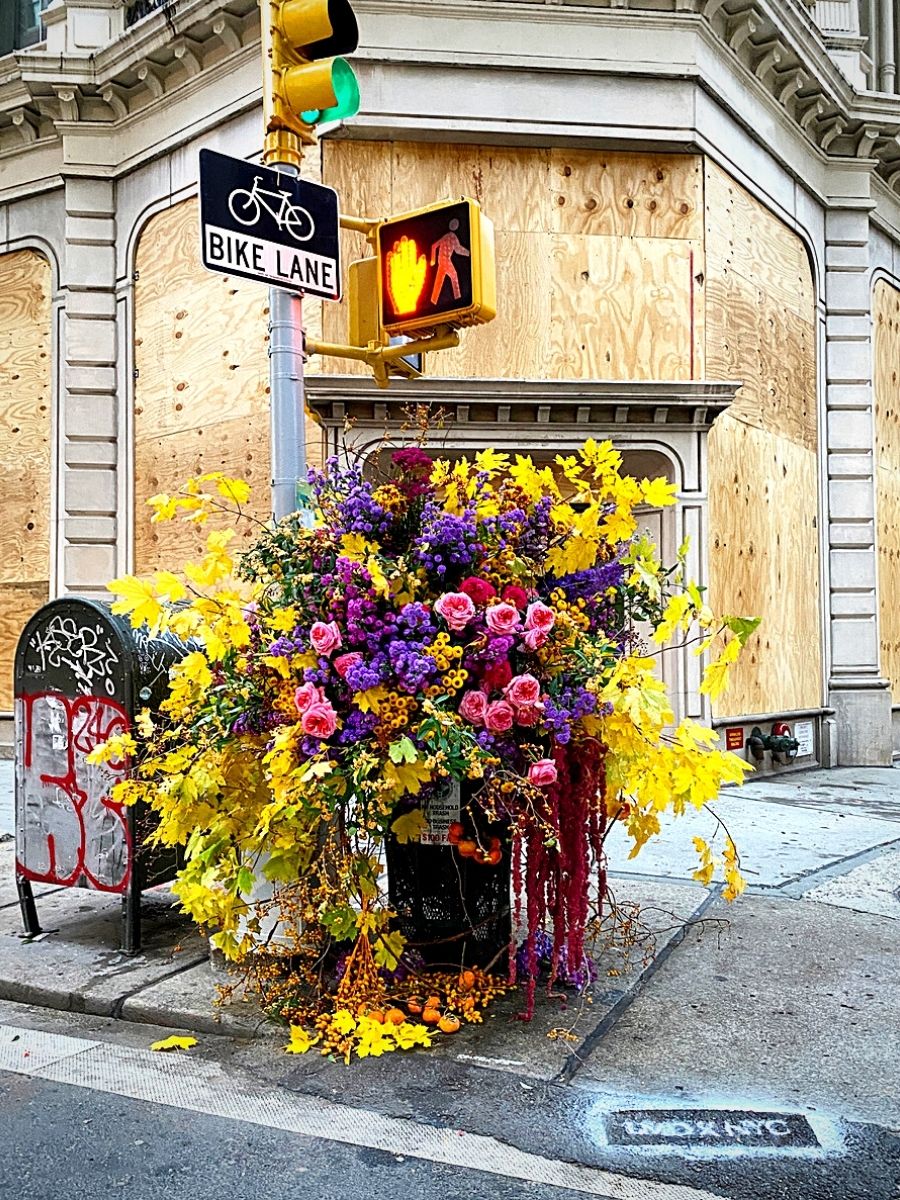
According to him, in the course of his research on the floral district, he couldn’t help but marvel at the level of talent, organization, and unity the past florists and growers had, and how immensely they contributed to the historic floral district’s heritage, even though much of their effort seems to have been taken for granted.
(You can check out Lewis Miller's Flower Flash floral displays in New York City.)
While the pioneers of this trade in the city had their competition, they had immense respect for their fellow professional constituents and often encouraged and cheered each other on. They also formed associations of growers and florists.
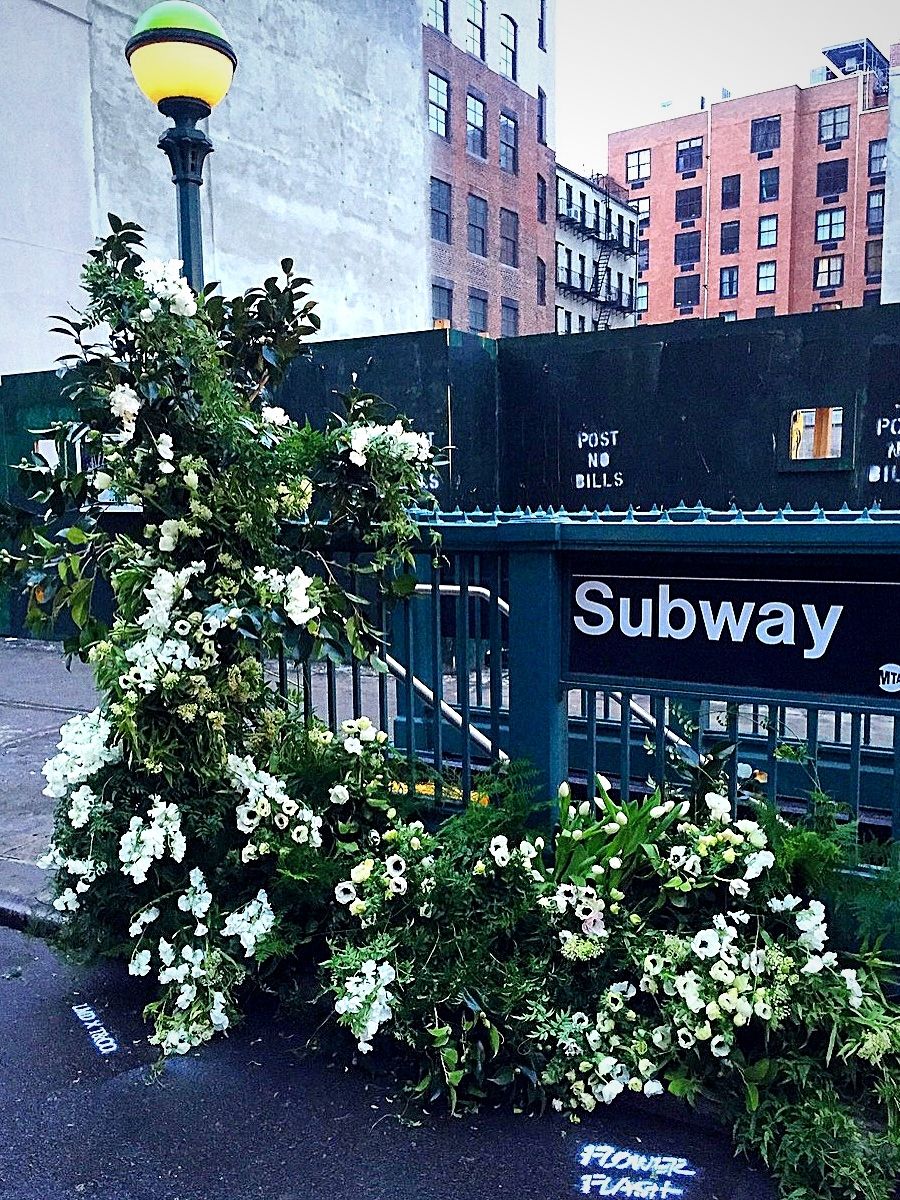
James:
“It rocked me to know that many of the flowers we consider today as filler flowers were used and specially grown to breed different varieties. Carnations were a huge hit and orchids as well. They sent their employees to search the jungles of Central America for orchids. Yes, some died. But those who lived to bring back their orchids became legends. Since the industrial revolution led to more consistent heating sources in the greenhouses, this sparked an explosion in the production of flowers to be cut year-round.”
How the Floral District’s Pioneers Put In All the Efforts to Establish It
The growers, according to James, used organic methods and cared for the flowers as if they were the sole source of nutrition that the flowers and plants needed. Many of the most successful growers and florists of those years were farmers trained by their fathers while others had a natural talent and found their way to this amazing industry.
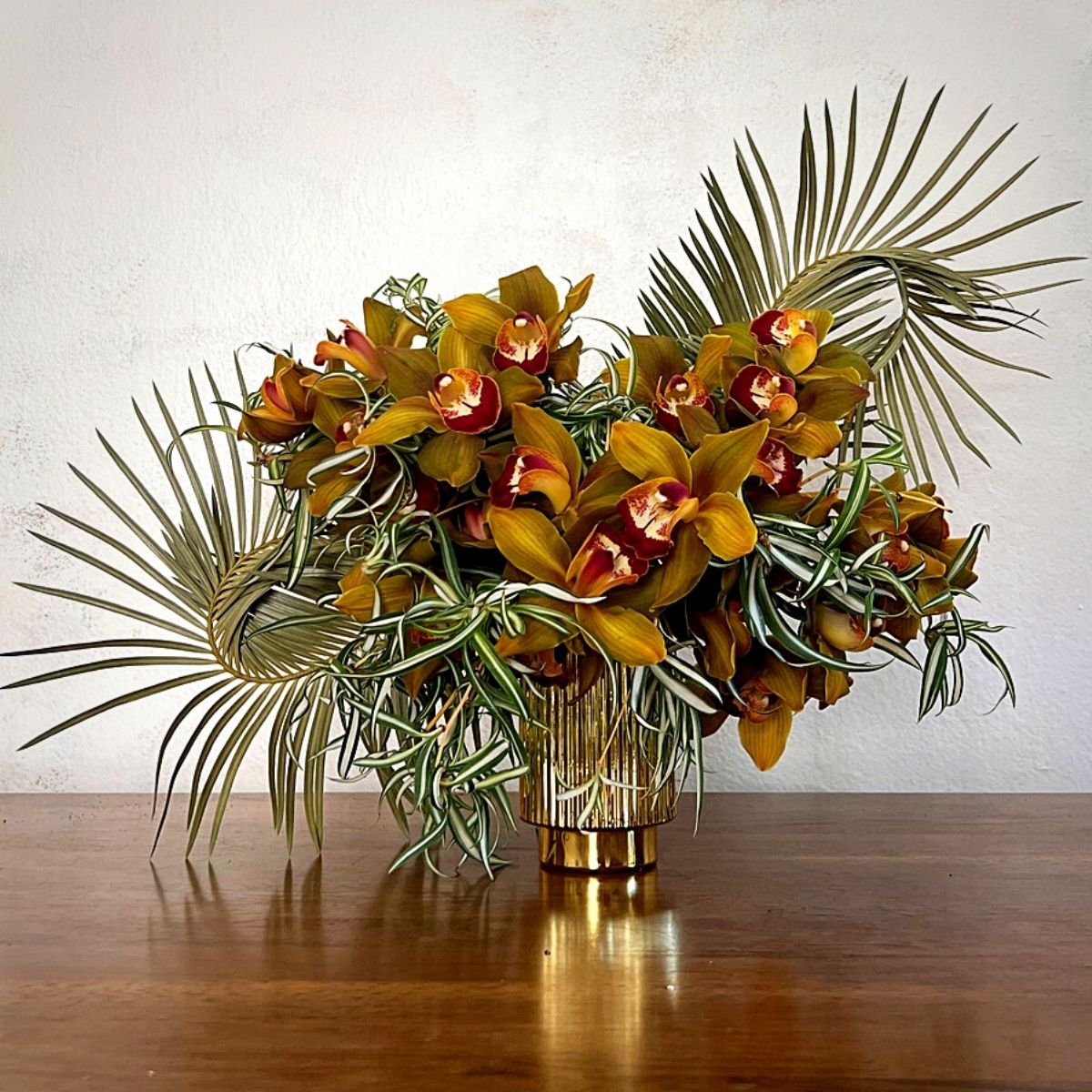
James:
“From the 1860s to 1950, flowers were king! In the mid-1800s especially! From the bottom of my heart, I was so moved by looking at the abundance of flowers. The plants they were able to grow looked so stockier and stronger. From the 1840s to the 1930s the plants and trees were so much more beautiful than today.”
Many of the growers and gardeners, he adds, began as teens, running and doing the dirty work, running all around town delivering plants and flowers. A few worked in chain gangs, or as shoe shiners, and paper boys, others were orphans and runaways. 99% didn’t come for wealth, but they were hungry and were able to see beyond their circumstances.
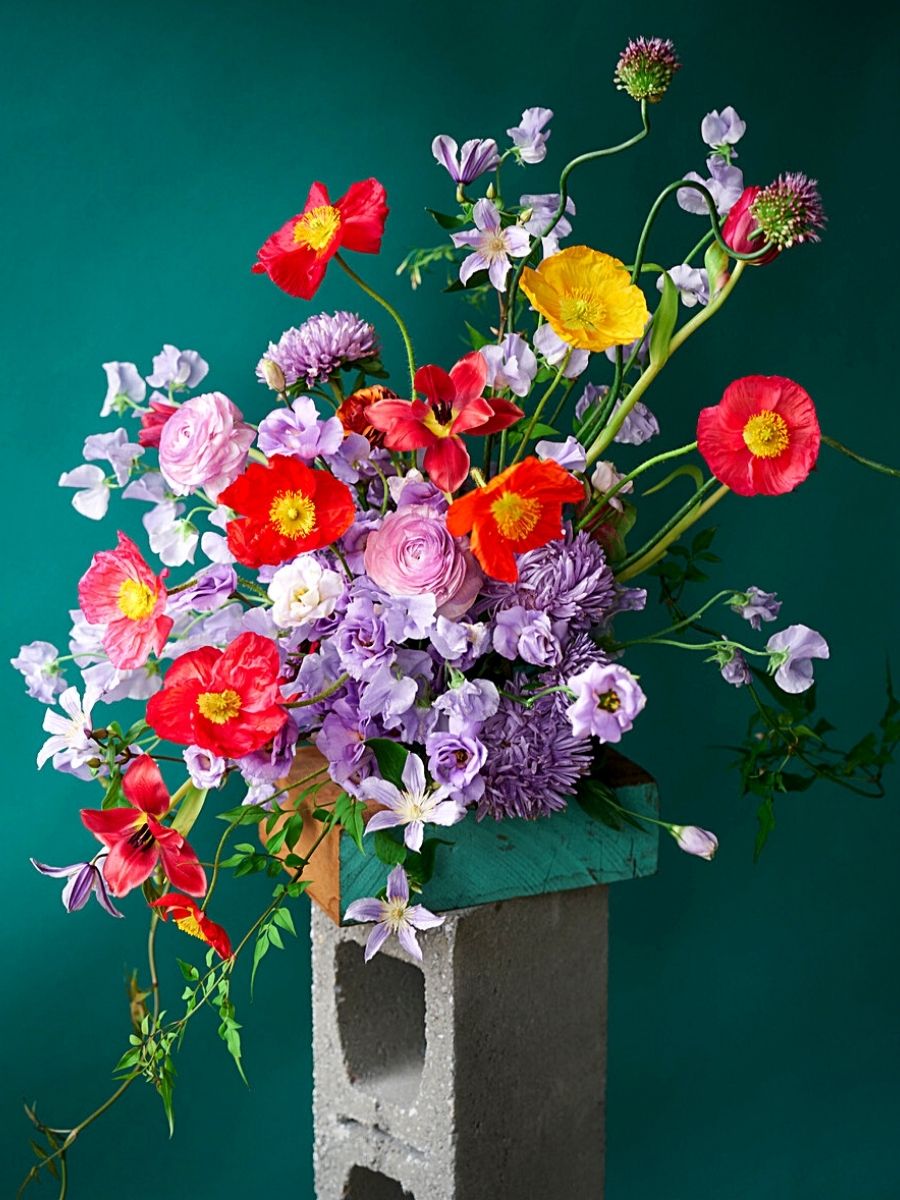
James:
“Many of them, also, didn’t receive a formal education but were always learning and seeking knowledge. What kills me the most, they took every moment of their existence for their craft. I understand that love!
This flower district has a rich history, and I felt the responsibility to share it with the world! I couldn’t keep it to myself. If we applied a fraction of what they did back then, this would be a revolution!”
At present, James says, he is working on digging up and meeting with generational growers and florist companies that have been around for 150 to 200 years. At the same time, he has been seeking and getting donations. He is, however, glad that the path is building slowly as he gathers a wealth of information about the industry.
The info that he continues to get, he says, often brings him tears of joy as he witnesses the evolution of the flower industry in such a personal way, it rocks me
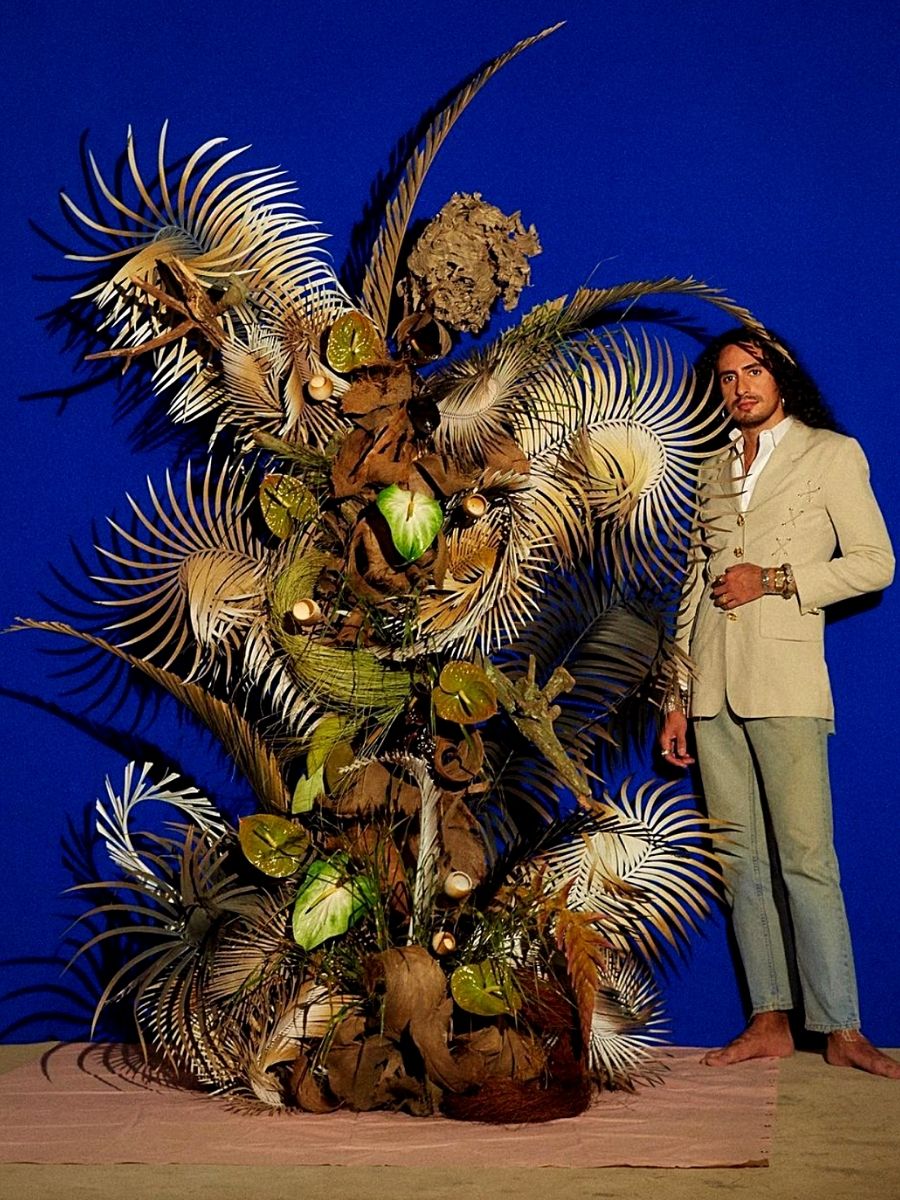
James:
“The stories I’m finding are so rich and heartfelt too. It’s so much so I wish I could have spoken to them –the early growers and florists - and gotten to know them better. I’ll be visiting some flower farmers who have been in the industry for three to four generations. This is exciting because they started from scratch and have stories to tell.”
At the moment, James says, the initiative features different floral designers from New York and afar. This is especially vital for the public to see the vast variety of talents and skills that these designers have. It, also, is vital to show that the designers are truly artists in their own right. And that their art of floral design is needed to nurture souls and provide an avenue for imagination, giving birth to ideas and concepts that contribute to society and the floristry culture.
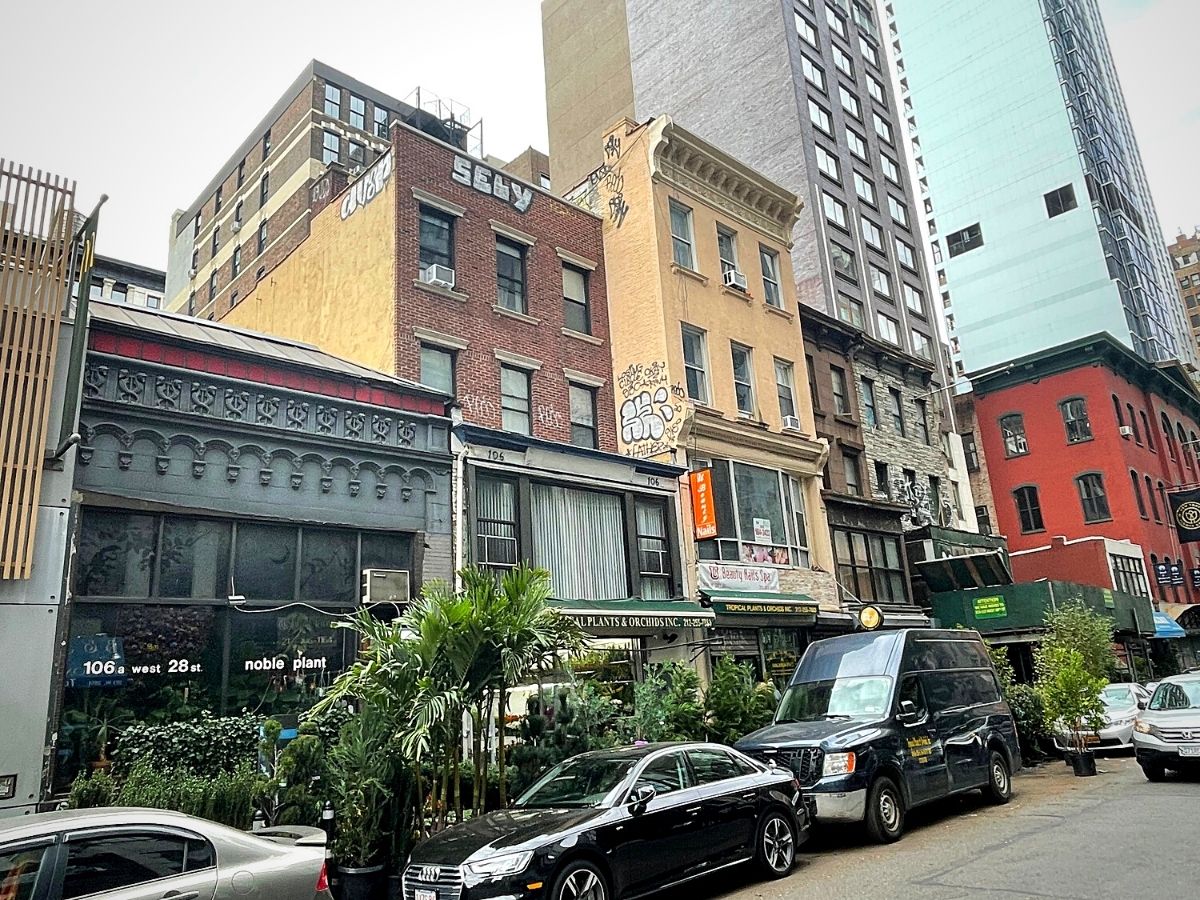
The floral industry, James adds, is a beautiful one, as beyond its other obvious benefits, it helped thousands to escape poverty and build their livelihoods. And now, he hopes that with his efforts, he can help this industry that has, equally, helped so many other people.
Photos courtesy of James François-Pijuan and NYC Historic Floral District Museum

